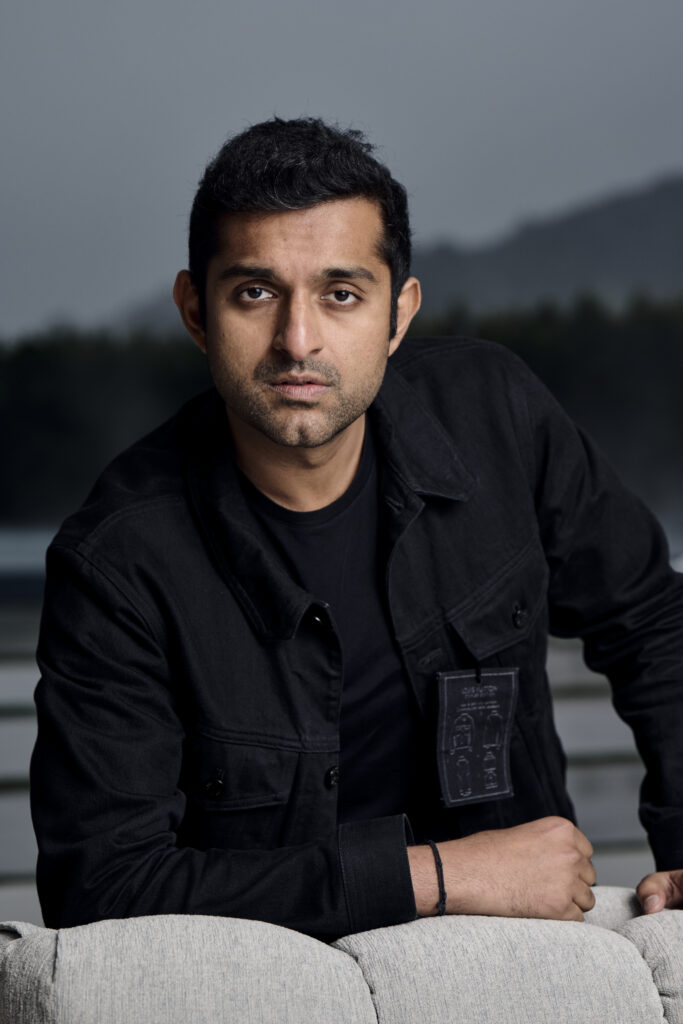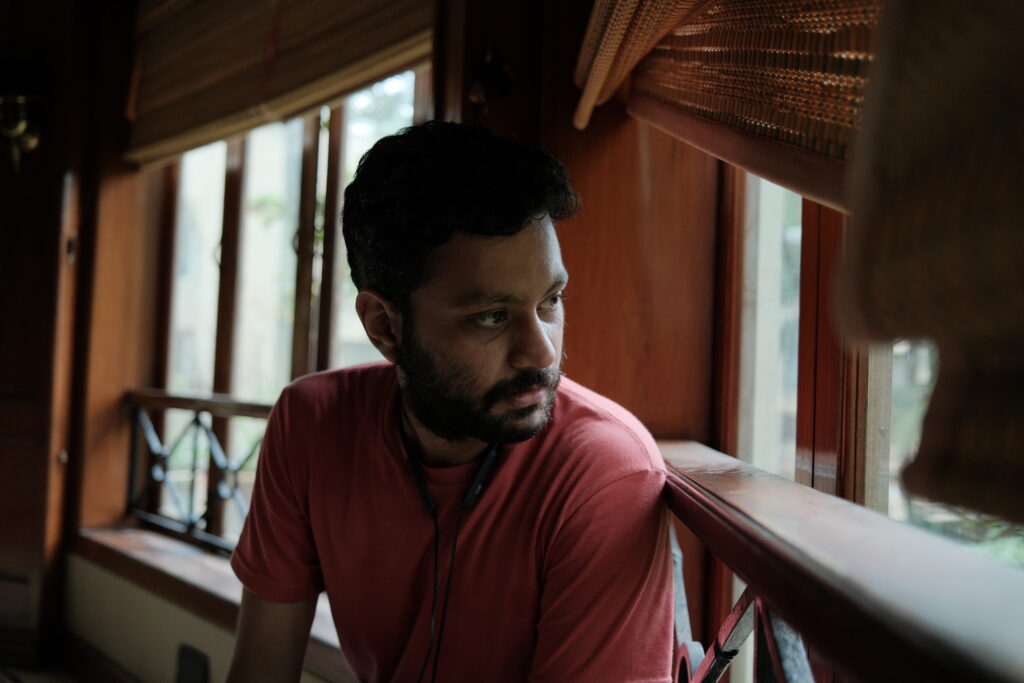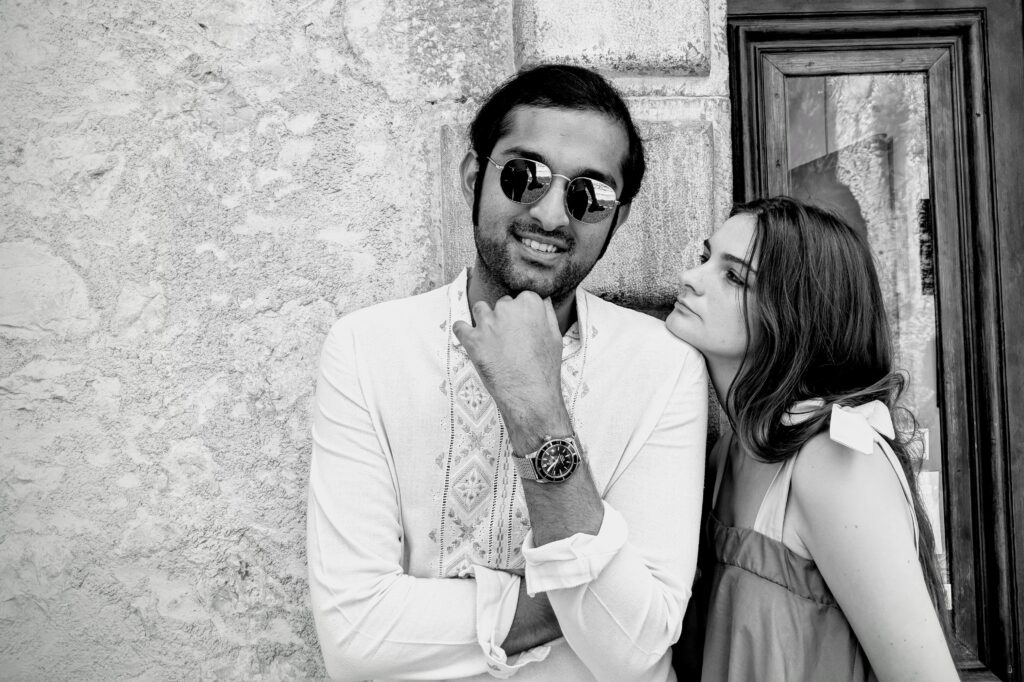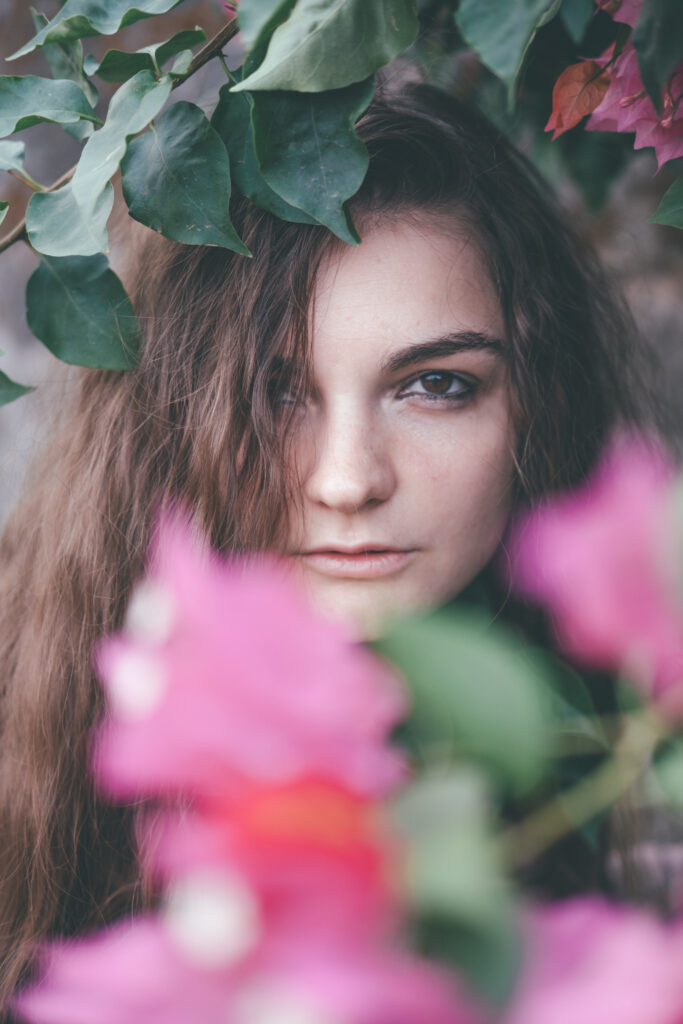1. Could you share the inspiration behind starting Molfa Music? What void in the music industry were you aiming to address?
Strong storytelling has always been at the heart of everything we do at Jugaad Motion Pictures. We have been involved with the music scene since 2018, and have worked with some of the biggest Independent artists and International labels out there. We felt it was the right time to foray into the business and make storytelling the heart of everything we put out. The indie music scene in India is buzzing. There are a lot of artists blowing up and many indie labels which are mushrooming. We want to define ourselves by the DNA with which we have built our companies, that is, storytelling over all else.
What we hope to do differently with Molfa Music is world-building. We don’t create music, we create Dreams. We don’t just create musicians, we build mythologies.

2. JAFA’s debut single, ‘Two Thousand Eighteen’ has received a lot of attention. What drew you to JAFA’s unique sound and storytelling?
In many ways, Jafa was destined to create with us. We first discovered her while auditioning for our long-form work, she was singing something melancholy in a tiny little corridor. We ended up casting someone else for the role, but we never forgot her voice. So, a year and a half later, we reached out, and her sound and song-writing had only gotten better.
At just 23, she writes with the maturity of an author who may have already lived many lives. The structure of her songs engulf you in a narrative which is impossible to ignore. It’s the right mix of haunting yet deeply comforting. It’s a truly original sound, which we feel has the legs to travel into global markets if distributed and marketed correctly. The producer, Qazi Mode, also has a very international sensibility. He has earlier produced records for Beyonce and multiple other international acts.
3. How do you see Molfa Music shaping the landscape of Indian pop music? What distinctive qualities do you hope to bring to the industry?
Our focus will primarily be around discovery of artists. The amount of young talent which is brewing in smaller cities and towns in India is dizzying. We have come across 14-15 year old kids who can sing and write beautifully. Some of them have built strong listener bases through Instagram and other streaming platforms. They still may go undiscovered by larger labels. That’s where we come in.
These artists need a strong sense of A&R to develop their sound, and they need highly personalized distribution and marketing strategies. At Molfa, keeping in mind that storytelling is the most revered part of the communication process, we want to find innovative marketing ideas which can lead to wider discovery. Today, songs get discovered even when synced on TV Shows and Films, and with the amount of streaming content being produced, including our production slate at Jugaad, we find a very strong opportunity to bring sync licensing deals for our artists, and find innovative ways to monetise publishing.

4. The music video for ‘Two Thousand Eighteen’ is beautifully crafted, capturing intimate moments in a relationship. How do you approach storytelling through visuals in your projects?
We are really proud of it. It’s been directed by Yuvraj Singh (@yuvrajaago), who is also just 24 years old. The idea was to create immersive visuals which sort of represent the quasi digital life which all of us live in 2023. Ever since the pandemic, more of our life has gone online. Disappearing messages, voice notes, emojis, memes. The way we communicate with each other has totally changed. The mild anxiety you feel when someone is typing but doesn’t send a message, or worse deletes it before you can read it, is something which is so native to our time. We wanted the film to very much be a reflection of that.
5. Can you tell us about your process for discovering and nurturing young voices across India?
You really have to keep your ears and eyes open. There is talent literally lurking around every corner of this country but yet can be difficult to find. One has to be patient and grow with an artist. You cannot expect that everyone will start belting out hits on day one. The idea is to find young singers and songwriters, give them a platform to create fearlessly, and then find a way to support and nurture their growth through strong storytelling.
6. You mentioned a desire to take Indian voices and stories to the world, much like the global success of K-pop and Afrobeats. What steps do you envision taking to achieve this goal?
With genres like K-pop and afrobeat, they all represent something, and evoke specific feelings. K-pop gives you butterflies- it’s got attitude, there’s a sense of romance. Afrobeats is liberating; it’s provocative, it’s stylish, but it’s also very rooted in culture. The idea is to build a narrative. Molfa is playful, Molfa is summery, Molfa is bursting with life. It’s candy floss by a beachside, it’s your first stolen kiss, and last bittersweet goodbye. It evokes the feeling of being young again.

7. Your first release, Raman Sharma’s ‘Jadui Puri’, garnered attention. Could you tell us about the vision behind that project and how it sets the tone for future releases?
Raman has all the makings of a new-age Indian popstar. He’s incredibly charismatic, and his music is fresh; it breaks the clutter with unique i-pop sensibilities. The vision was to leverage that charm, and create the archetype of a mythical candy-floss seller. The image of a young green-eyed boy, in colourful suits, carrying a candy floss tree, seemed very unusual to us. This is also the feeling the song evokes- it’s sensational music that makes you shimmy. With his future releases, the vision is to preserve this dream-like feeling he brings alive in people. Your heart always skips a beat.
8. With Molfa Music, you’re not just a music label but also creators facilitating stories for artists. How important is it for you to not only support the music but also the overall narrative and image of an artist?
Today, people have a miniscule attention window. The only way to be remembered, is to make people feel something. And this is why we build strong, relatable narratives around all of our artists. They each have their own little worlds, their personas are backed by lores.








